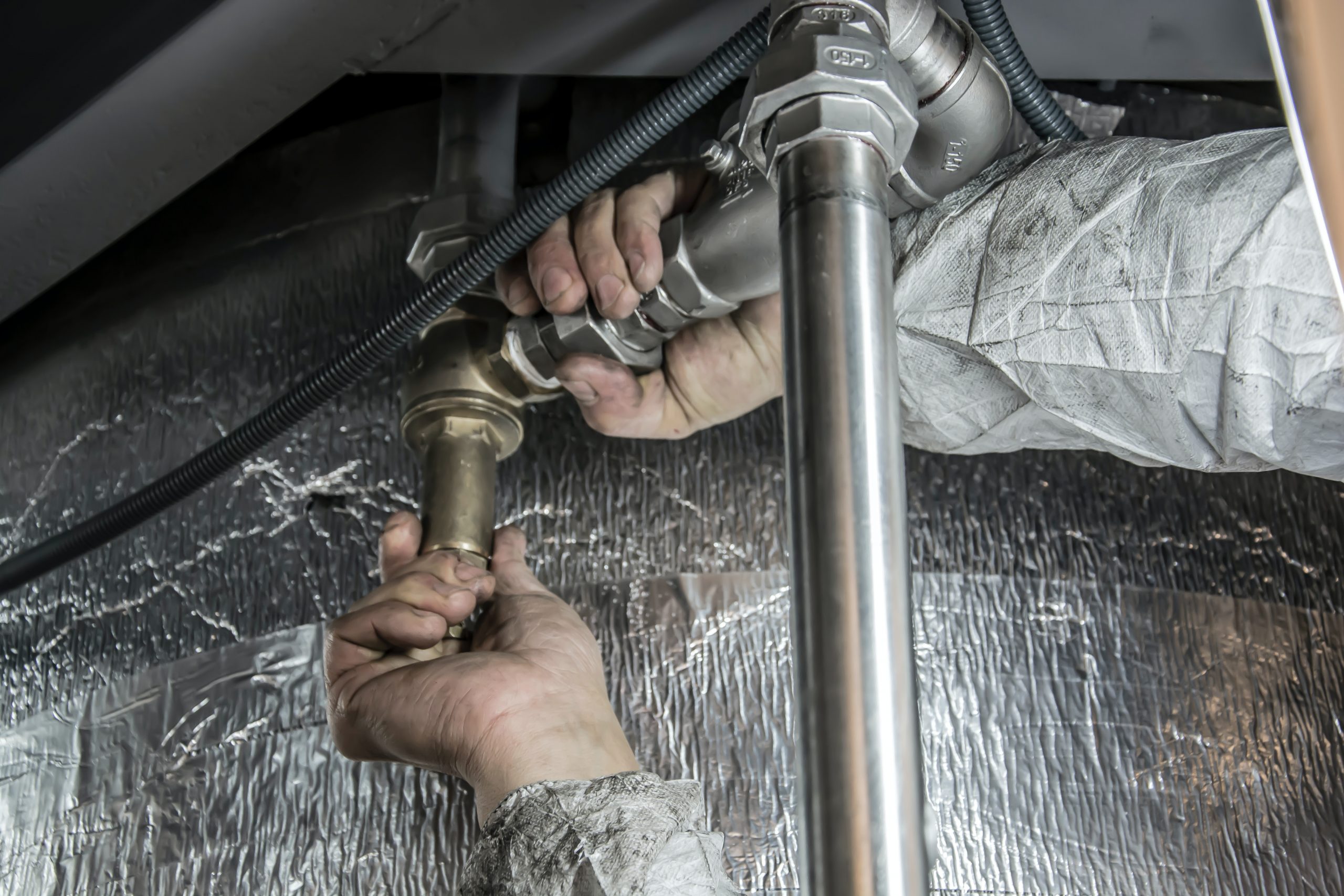Navigating the Steps and Considerations for Your Business
The move towards adopting more sustainable energy solutions is gaining momentum among businesses. With heat pumps prominently featuring in this shift, understanding the installation process becomes crucial for decision-makers. So, if you’re considering this environmentally friendly heating and cooling solution, what can you expect during the installation phase? Let’s break it down.
Initial Assessment and Consultation
- Site Survey: Before anything else, a professional will conduct a detailed site survey. This involves assessing your business premises, understanding the heating and cooling demands, and identifying potential installation spots.
- Type of Heat Pump: Based on the survey, the specialist will recommend the best type of heat pump for your situation, be it air-to-air, geothermal, or water source.
- Energy Efficiency Evaluation: This step often involves an assessment of the building’s insulation and overall energy efficiency, which can affect the heat pump’s performance.
Design and Planning
- System Design: Customised to your business’s needs, a specific heat pump system design will be crafted, considering factors like building size, occupancy levels, and daily operations.
- Permissions and Licences: Depending on the location and the type of heat pump (especially geothermal), you may need planning permissions. It’s essential to check local regulations.
- Budgeting and Financing: After the design, you’ll receive a detailed quote. Some providers may also offer financing options or guide you towards available grants or incentives.
Installation
- Preparing the Site: This could involve clearing the area, setting up necessary electrical connections, and ensuring safe and easy access for the installation team.
- Installing the Unit: The heat pump unit, whether it’s an external or internal one, will be installed as per the design specifications.
- Laying Pipes or Ducts: For geothermal systems, this may involve digging trenches or drilling boreholes. For air-to-air systems, ductwork might be needed to channel the air.
- System Testing: After installation, the system will be thoroughly tested to ensure it’s operating efficiently and safely.
Post-Installation
- Training: Most professionals will provide a brief training or demonstration on how to use the system, covering essential operations and maintenance tips.
- Warranty and Maintenance: It’s typical to receive a warranty for the system. Regular maintenance, while generally minimal, ensures longevity and peak performance.
Conclusion
Installing a heat pump in your business premises is a structured process that requires careful planning and professional execution. While it may seem complex, the long-term benefits in terms of energy savings, cost reductions, and environmental impact make it a worthwhile investment. Always ensure you’re working with accredited professionals and are aware of all the costs and procedures involved.
